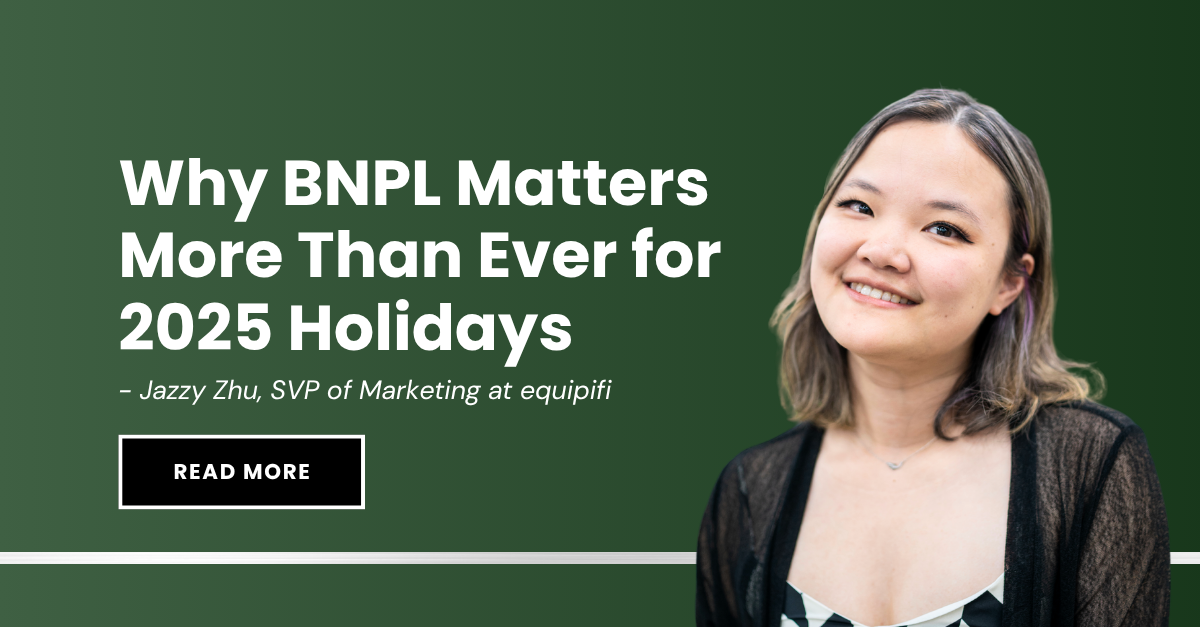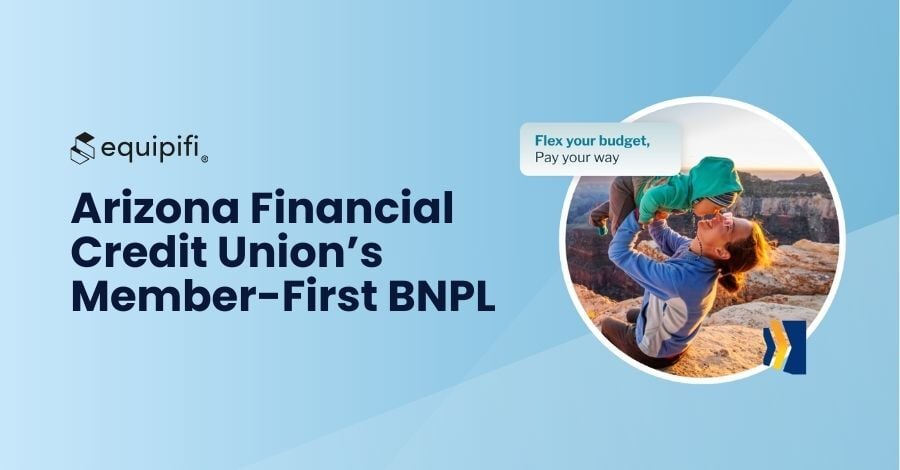Did you know that 45.9M Americans have student loan debt, which accounts for $1.7 trillion?
Did you know that 42 percent of all these loan borrowers had between $10,000 to $40,000 in student debt in 2022?
The US government imposed a moratorium in 2020 on federal student loan payments to ease financial duress for consumers during a global crisis. This moratorium has been a welcome relief for student debt holders in the 60 percent of Americans living paycheck to paycheck.
Restarting payments has been a looming stressor for many Americans, particularly given the 6.4 percent increase in cost of living and 7.9 percent increase in cost of shelter in 2022 alone. Next gen consumers such as Millennials and Gen Z-ers have especially appreciated the room in their budgets and disposable income during the payment moratorium. Come September, Millennials with student loans can anticipate their spending power reduced by 6.5 percent.
With the repayment date on the horizon, here are four ways that financial institutions can support their account holders who hold student loan debt, and even deepen their banking relationship to become their primary financial institution.
Strategy 1: Build relationships now to grow deposits later
It’s true that in the short-term rising mandatory expenses mean less deposits and savings. However, community financial institutions that are looking to grow deposits in 2023 should take advantage of this time to deepen banking relationships with next gen student loan holders. Millennials and Gen Z are populations with on average higher discretionary spending than older generations, and this trend will continue as they age. This is the time to be present as a primary financial institution and grow this banking relationship.
How many Millennials and Gen Z-ers with student loans are aware that repayments are coming? How many are experiencing confusion and stress? Proactively reach out to them prior to September with engagement and budgeting tools, as well as any loan products that can help them free up cashflow in other areas of their discretionary spending.
Strategy 2: Consider shopping as an extension of the banking relationship
Question: What do you think happens when consumers must consider “can I afford this” and “how will I pay for this” before they make the purchase?
Answer: They will access their bank account and look for budget flexing options throughout their shopping process.
Your cardholders are looking to take you with them as they go shopping, and this is the time to prove yourself a good partner if you wish to stay top of wallet. With Affirm’s recent partnership with Amazon Pay and the addition of flexible spending options added to retailer sites, many businesses and third-party fintech are positioning themselves to support the consumers you are unable to.
Student loan repayments start at the end of September, days before the first month of the holiday shopping season. Starting October, consumers will be checking their bank accounts more frequently. Not only will they be watching their budgets closely, but they will also be looking in (and out of) their digital banking apps for flexible spending options.
Strategy 3: Prepare to protect and even grow your accounts
Don’t go into September without a strategy to defend your account relationships.
If consumer behavior during the pandemic has taught us anything, it’s that when budgets become tight or when supply becomes scarce, loyalty to brands and institutions weakens. The more consumers “need it now”, the more willing they are to try new things and even switch institutions to obtain them.
When it’s business as usual, it’s costly to convince someone to open a checking account, opt into a new product, or switch to a different financial institution. But when budgets are thin, and costs are high? It takes far less to incentivize new behavior. This is the time when your customers will be most sensitive to opportunities that stretch their budget, whether it is with an introductory zero percent interest loan, or switching to a debit card that allows splitting payments over time. This could be the time to increase account openings and adoption -- or lose them.
Strategy 4: It doesn’t end with 2023
The news cycle is fast. But student loans can take years or decades to pay off. That’s why it’s important to remember that your proactive engagement with your student loan debt holders should be part of a long-term relationship building strategy. Revisited periodically, but certainly every time it elevates stress on your account holders. Start to better understand their needs and provide them the financial products that flex their budget and gain more power over their personal finance.
Showing up for next gen cardholders this September
Restarting payments has been a looming stressor for many Americans, particularly given the rising cost-of-living in the recent years. Next gen consumers such as Millennials and Gen Z-ers have especially appreciated the room in their budgets and disposable income during the payment moratorium. Financial institutions should be ready to lean in and show up for next gen account holders this September when they are needed most.
That’s just one (crucial) part of being a great primary financial institution.






SHARE